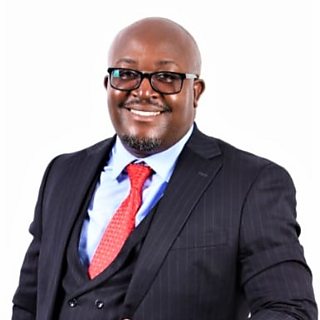‘We live by luck’ – living through extreme drought in Kenya
The situation that meets your eye in Samburu, in northern Kenya, is dire. I have worked with these communities before, and usually when we go to the villages we meet herders with large herds of sheep, goats and cattle, crossing the roads in search of pasture. But this time, we met just one group with just one little herd of sheep and a very few goats. We saw very few cattle.
You can see that something is changing. The land is dry. The conditions are very harsh, and the temperatures are high.
Herds are dying
One of the things that struck me is that I was able to speak with not only old men, but also middle-aged men and even young men in the pastoralist communities. This is opposite to the norm. Previously, I would find only women and children and a few old men in the community, because younger men would be out with the herds.
But now their herds are dying. Those animals that have survived are too weak to move in search of pasture.
One man told me how he had to climb up a hill to find grass for his cattle, and cut it and bring it down for them, because the animals are not strong enough to climb the hill on their own.
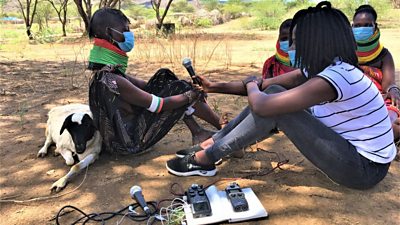
When we travelled to Turkana, in the northwest, I met the same situation. I met a man who once had 200 goats; now he has only five left. He was at his home. He said there was no need to look for pasture because there is none.
There is a sense of hopelessness. He was just waiting for his goats to die. He told me he has a piece of land that he could irrigate for farming, and had dug a small trench from a nearby river to supply water. But first the river dried up. And then torrential rainfall wiped out his trench.
Now the river is dry again. But even if it rains, he said, he has no energy to dig his irrigation trench again. ‘We live by luck,’ he said.
Making a difference
The work that we do with local broadcasters has made some difference in these communities. For instance, we have shared information on how to maintain a kitchen garden with very little water – by recycling water from washing and cooking, and watering plants right at the roots to ensure no water is wasted.
People here also rely on traditional weather forecasting – they read goat intestines to tell them whether to expect flood or drought. But our training has helped broadcasters to realise that weather and climate information is important and that it must be communicated in ways that their audience can relate to. Before, in most radio stations, they would leave only 30 seconds to talk about the weather. They would give the temperature highs and lows, and whether rain is expected. But that doesn’t work for their listeners – what does a high temperature mean?
Now broadcasters are bringing in experts and more community voices, making climate information more accessible and reasonable for their listeners. People have a better understanding of what is happening with their weather and climate. And in return, the community radio stations are gaining more listeners, because people want information on agriculture, on climate change and on their environment.
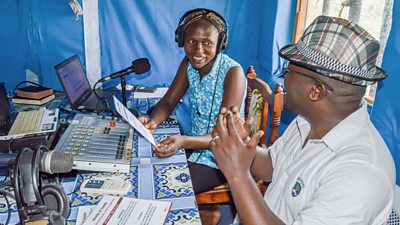
In my work I have met all kinds of people – in cities and in villages. I would say 90% of the community members I interviewed actually don’t know about the existence of such a congress like COP27. They know their immediate leadership and government. And they would say, we want our government to really help us. One young man told me, we want our leaders to come down here and experience what we are experiencing, before they make decisions about us. They don’t understand the situation down here, he said. He said he had heard about COP27, and what he wants to hear are not only discussions about mitigation, not only about planting trees and embracing clean energy. He wants to hear what is being discussed about adaptation.
I also travelled recently to the shores of Lake Victoria, where homes have been submerged by floods, and people are living in Red Cross tents. You cannot talk to those people about increasing forest cover to help hold back water. Will that message really sink in? That family wants to get out of their tent and re-establish their life. They want to know if they are going to be compensated for the damage that climate change has caused, for all they have lost.
African countries and communities have what it takes to mitigate climate change. People know we need to plant trees, we need to embrace green energy. But they say they don’t have the financing that can help them get started.
From all the stories I have heard, the situation is dire. Something has to be done – every person I speak with says they have been affected.
Media has the power to bring people together to discuss options that benefit everyone. Read more about our work supporting people around the world to build resilience and and address climate change.
More about us at COP27
-
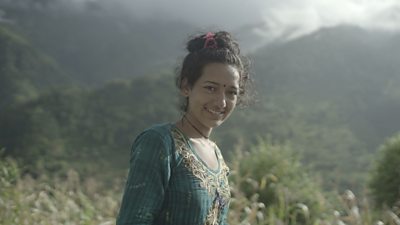 Watch a collection of our films on the COP Resilience Hub - now live!
Watch a collection of our films on the COP Resilience Hub - now live! -
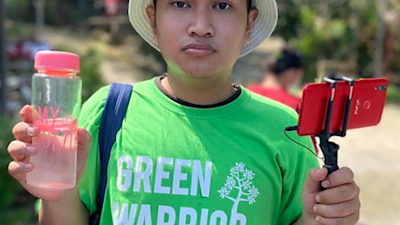
Climate voices
As COP27 approaches, we asked those living through the impacts of climate change to share their experiences and hopes for the future. -
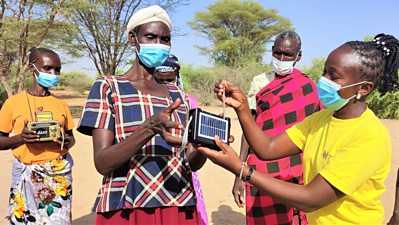
NOW LIVE: Living Climate Change Africa podcast
A five-episode podcast bringing the voices of people in East Africa to policymakers and international leaders. Catch Episode 1 now!

